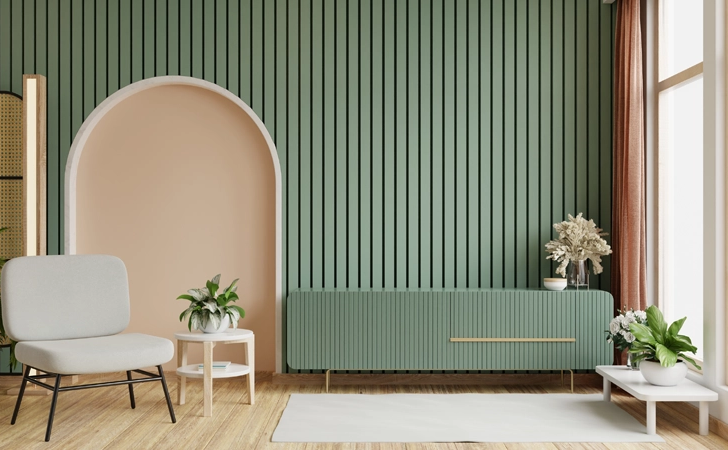
Best Wall Panel Designs to Decorate Plain Walls in 2023
This blog discusses the concept of wall panels as an element of wall decoration. It explains the installation process and the materials commonly used for wall panels, such as wood, glass, metal, fabric, and more. It also describes some popular wall panel designs, including wainscoting panel, bead board, and tongue and groove board/shipping board.
Related Articles
What Are the Best Materials for Wall Panels?
Create a Beautiful Look in Your Home with Wall Panel Designs
Wall Paneling Ideas for Aesthetic Appeal in 2023
What Types of Wall Panels Are There and How to Design Them?
5 Wall Paneling Ideas—Modern Panel Designs to Elevate Every Space
Get the best decorating ideas and beautify your walls with fun panel designs!
Walls are like blank canvases that you can define with different design and decorative elements. From paint colors, wallpapers, to stunning paneling, the walls can be decorated in a variety of ways and means! When it comes to wall panels, there are various types of panels available that you can choose according to your needs and requirements. Stunning wall panels like veneer can help transform an empty wall into an impressive piece!
Before we discuss what types of siding are available on the market, it’s best to go over the basics of siding. Read on to learn more about their definitions, installation, and popular designs to make the best choice for creating beautiful walls.
I. What is a wallboard?
Decorative wall panels help add a unique look to a room! Simply put, wallboard is a decorative material with strong adhesion. Wall panels are available in different materials such as wood, veneer, plywood, etc.
II. How to install the wall panel?
Lighter wall panels are easier to install yourself than wall cladding options! Wall panel installation depends largely on the material used for the panels. Hiring a professional to install your wall panel designs is always a good option. However, lightweight panels can be easily installed by the do-it-yourself method. However, before installing interior siding designs, it is important to clean and sand the walls to create a smooth surface.
You can complete your walls with stunning panel designs such as marble shutters or wooden shutters to suit your existing or desired interior design style or requirements. Also, consult an expert before adding heavy siding, as this may challenge the strength of the walls.
III. What are the commonly used materials for wall panels?
Wood, stone, glass and more… Wall panels in different materials exude a unique elegance! Here are some common materials for making eye-catching wall panels!
Material |
Description |
Wood Paneling |
Wood paneling is usually made of MDF (medium density fiberboard). These can be used in almost any room or area of the home. |
Wainscoting Panel |
Wainscoting panel is a decorative panel, usually made of wood, tile, or marble, that provides protection to a wall. The panel mainly covers the lower part of the wall or partition. |
Medium Density Fiberboard |
MDF (medium density fiberboard) is one of the most common wood siding design materials. It’s also an affordable option for interior decorating on a budget. |
Veneer |
The veneer panel is made of solid wood, plywood and other materials. They add a real wood finish to walls and add a rich look to interiors. |
Glass |
Glass wall panels are reflective, adding to the illusion of a larger space. This is a luxurious choice for modern interiors. |
Metal |
Metal panel designs add a raw and sophisticated look to interiors and are best suited for industrial design-inspired spaces. |
Fabric |
Fabric wall panels act as a protective barrier against outside noise. Plus, it adds to the decorative look of the space. |
Particleboard |
Particleboard siding is made from recycled materials (i.e. wood chips and shavings), making it an excellent choice for eco-friendly siding. |
PVC |
PVC wall panels are made from polyvinyl chloride (PVC) plastic and are an excellent choice for decorative wall panels. PVC panels are durable and require less maintenance than other materials. |
IV. The best wall panel designs to elevate your interiors

1. Wainscoting wall panels
Wainscoting is the go-to choice for adding a transitional look to your interior these days! Wainscoting is usually planks made or joined of beadboard. These panels are the perfect blend of siding, baseboards, chair rails and moldings to give walls a classic yet gorgeous look. It only covers the lower half or 1/3 of the wall. Known for their traditional look, wainscoting designs can be angled, continuous, or any shape.
Wainscoting is primarily used for utilitarian purposes, such as protecting walls from damage (of which footsteps are more common in children’s rooms) and keeping a home warm and cozy. However, also consider using wainscoting to create accent walls!
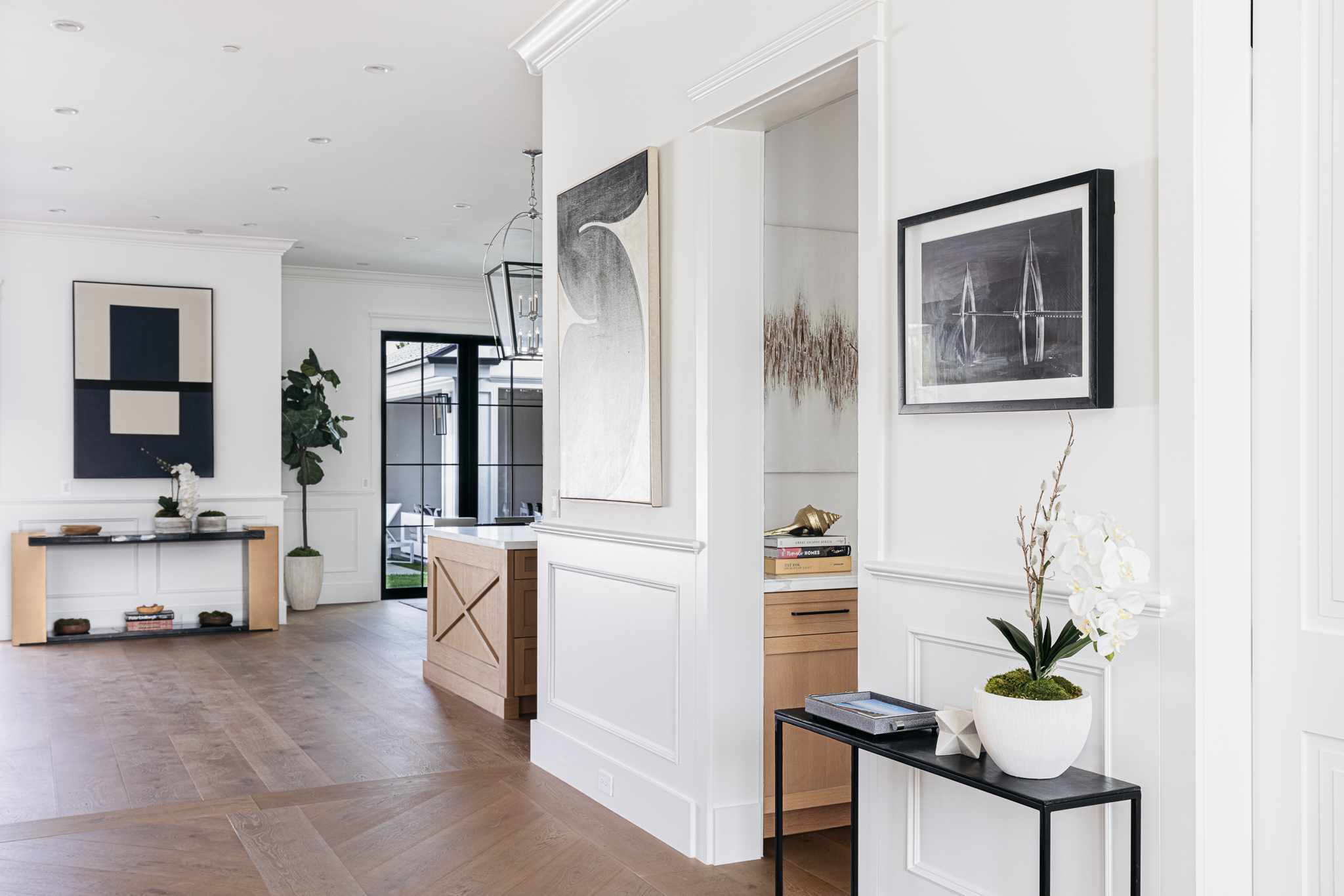
2. Bead board wall panel
Beadboard paneling is a unique design element in a traditional or transitional style home! Beadboard is a traditional style of wall panel that originated in British interior home styles. If you think there are many similarities between beadboard and wainscoting, know that the latter evolved from the beadboard paneling style!
Beadboard paneling is typically wood paneling with vertical grooves. It is available in large panels which can be cut to size upon request. It is available in a variety of styles and widths.
3. Stacked/grooved wall panels
The vertical design of the fluted panels adds height to the room! Grooved siding and shiplap siding have an “almost” similar look, but they are not the same. The main difference is the mounting technique used. Tongue and groove is a style or method of joining two planks together. In channel paneling, one side of the panel has a protruding protrusion called the “tongue” and an open slit called the “groove” on the other side. The method or system interlocks two panels together. The grooved panels make installation easy and also hide nails.
Shiplap boards were used in the early days to waterproof ships and proved to be effective against wind and water. It is a type of wood paneling with long planks that can be installed horizontally or vertically. Shiplap boards have a slight gap between two panels and they overlap each other, the ridges formed by the same shiplap prevent possible damage.
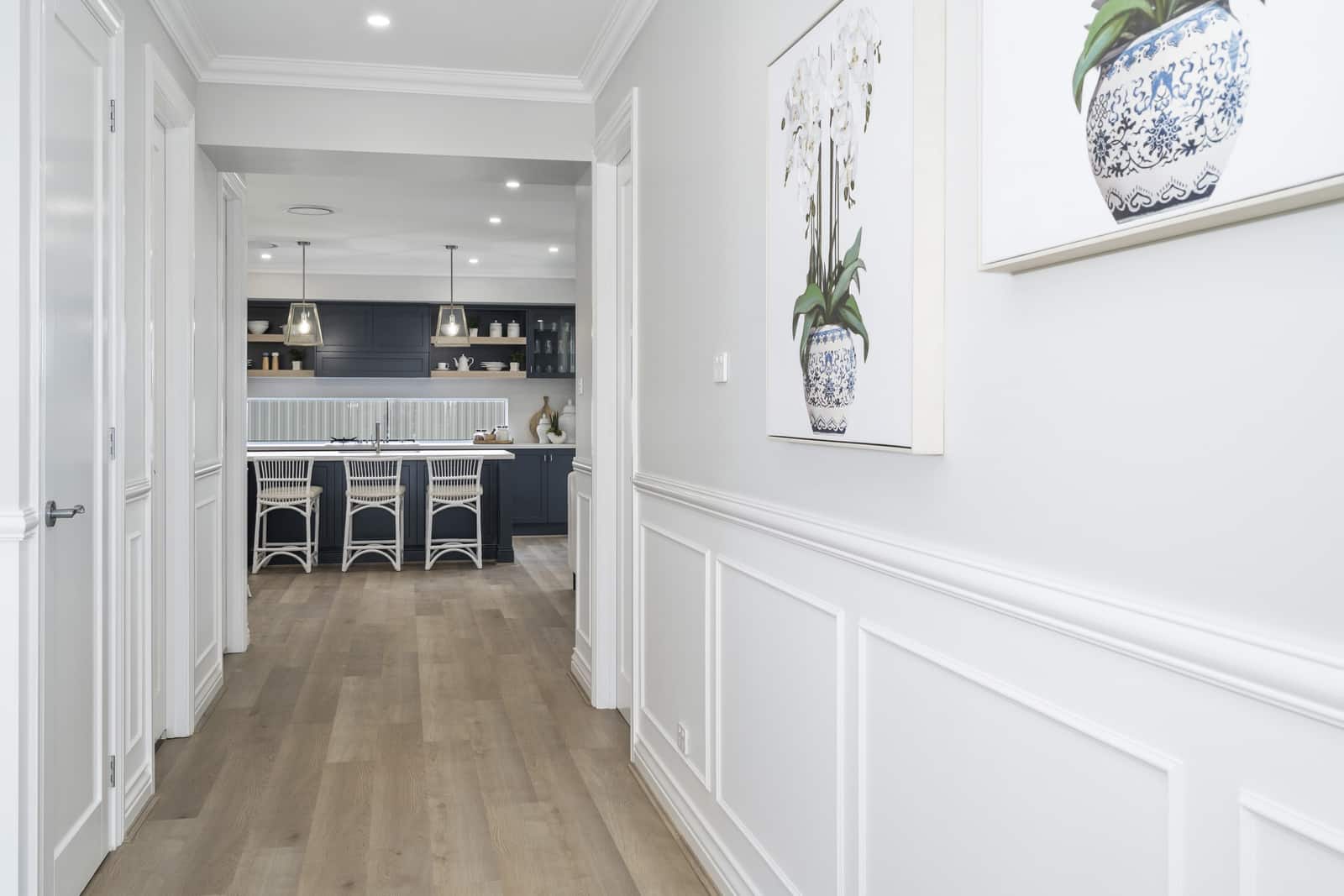
4. Raised and flat wall panels
Raised panels add to the desired elevated look, while flat panels provide a clean look! Raised panels are usually square or rectangular in design and look like portrait moulds. As the name suggests, these panels rise a bit higher than the wall. Raised wall panels are a must-have design element for luxurious Victorian interiors.
Essentially, raised wall panels are made of solid wood and are best suited to larger homes where the height and depth of spaces can be accentuated. For luxury villas, luxurious interiors, raised panels can help beautify the space in a traditional way!
Flat wall panels, on the other hand, have smooth, clean lines that blend well with the wall. In contemporary interiors, flat wall panels can add clean lines, sleek design. Since these panels make a beautiful border on the wall, you can add lovely wall art, decorative veneers to enhance it even further!
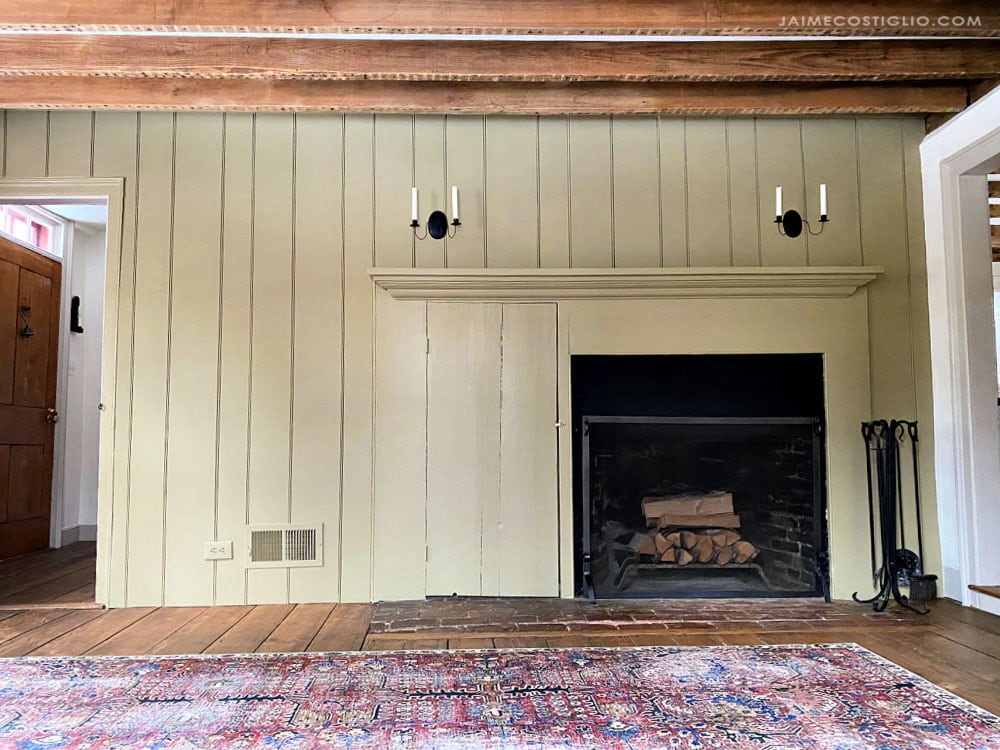
5. Board and batten siding
With plank and batten panels, you can add a geometric design look to your walls! Plank and batten panels were very popular in European homes in the early 20th century. Board siding is added next to each other for a clean, structured look, and batten panels help hide the hip joints of the boards.
These panels make the perfect decorative wall. For the intended texture elements, choose the board and batten siding!
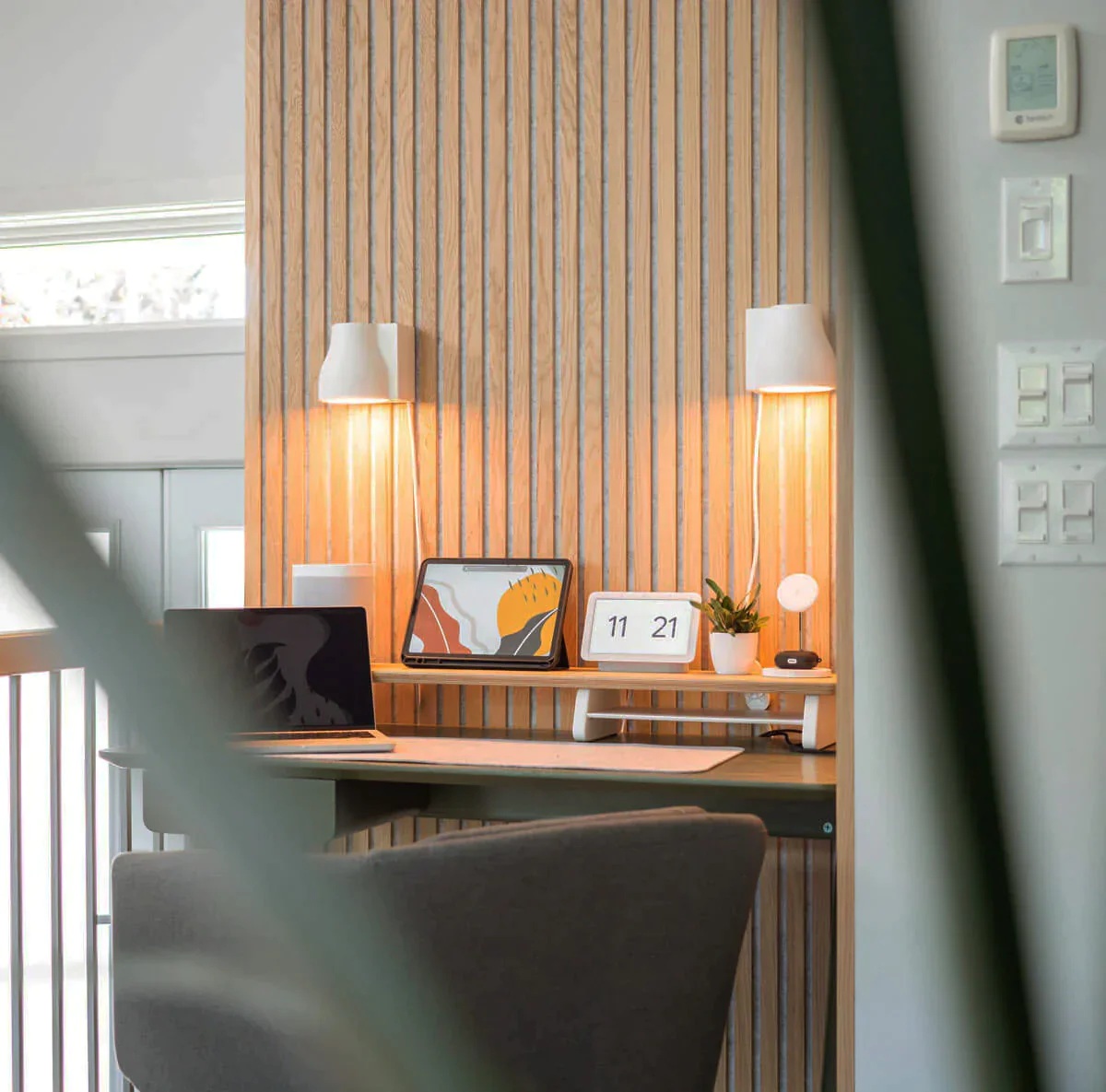
6. Wood siding
For added warmth, texture and design, choose wood sidings! Wood wall panels add a level of warmth and character to the room. Wood siding adds a stately look to interiors, whether traditional or contemporary. Decorative wood wall panels such as smoked oak veneer and wood laminate are the best options for beautifying the walls.
When choosing wood siding, make sure to check the tone or tint of these as they may darken the mood of the room.
7. Metal wall panels
Add stylish metal panels to modern industrial style interiors! Metal mesh panels are perfect for industrial style interiors. These panels add style to walls and are a viable option when you just want to add selected design elements to your home. Since only metal wall panels might add a rather steely or grim look, it’s best to go for a panel design with some wood, fabric elements for the perfect balance!
Choose metal wall panels to create a simple, modern industrial-style interior accent wall.
8. Stone wall panels
Powder room could be nicely elevated with stone veneer siding! The walls in your home deserve better than a simple paint color. Stone veneer sidings are ideal for adding a tactile look to walls. You can add stone laminate to match your existing or preferred interior design. For foyers, powder rooms, balconies, and more, attractive slate can liven up the look of an entire room or area!
9. Brick siding
Brick siding looks perfect in industrial style interiors! Brick as a material adds a very warm, earthy look to your space. Exposed brick wall design is a unique design element in industrial style interior design. Brick siding is perfect for creating a feature wall for seating in living rooms, entertainment rooms, and more.
For making bachelor flats, gentlemen’s rooms; you might consider adding a brick-like textured laminate for the desired dramatic look!
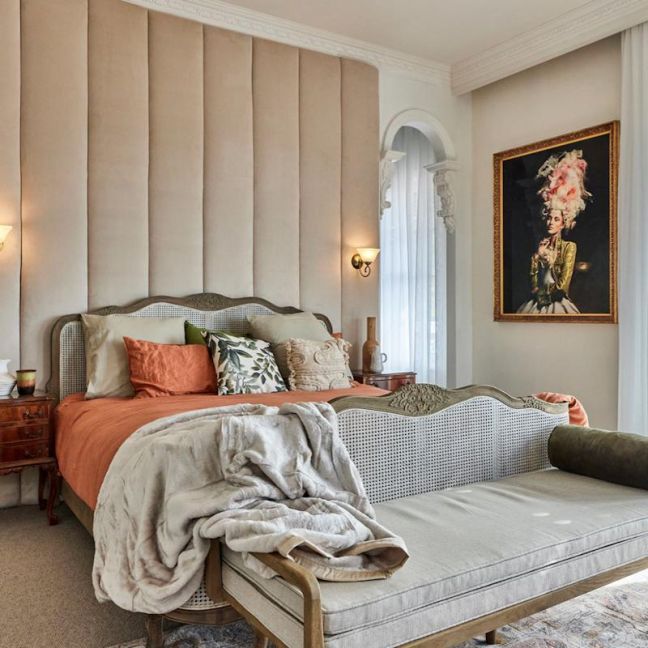
10. Fabric wall panels
Fabric wall panels are great for soundproofing! Fabric wall panels are not only a decorative type of panel but also help to isolate noise from adjacent rooms. Ideally, the fabric panels are thick enough to dampen outside noise. For master bedrooms, guest rooms, you can add fabric laminate to instill a sense of privacy, tranquility, and of course, attractive design!
11. Mirror wall panels
Mirror wall panels visually open up the space! Are there space restrictions? Don’t worry. Just add to the appeal of your walls with mirrored panels. It reflects light and provides the illusion of a larger space. Plus, mirrored panels can add a touch of glamor and drama when you want something unique to your walls.
Foyers, bedrooms and pathways are some of the best areas in your home to add mirrored panels. You’ll notice the difference immediately as the space will feel more open and elongated!
V. Quick tips for maintaining decorative wall panels
– Remember to check the siding material beforehand for maintenance.
– Do not allow dust to accumulate on the siding. Dust or vacuum lightly on a regular basis.
– Direct exposure to sunlight may lighten or discolor the panels. If you can, add blinds or drapes to shade the panels.
– Not all siding is waterproof. So if the siding you choose is not waterproof, then keep it away from wet or damp areas. It is best to add flashing only in these areas.
VI. Frequently Asked Questions
1. What is wood siding and can it be added to an interior?
Wood siding is usually flat or curved panels made of wood material and held together with adhesives. In home interiors, you can use wood wall panels to create a feature wall.
2. What different types of wall panels are available?
Wainscoting, slabs, planks, grooved panels, fabric wall panels are some of the most common types of siding.
3. Which material is best for wall panels?
MDF is one of the most popular siding materials because it is affordable and low maintenance.
4. Are wall panels a good choice?
Wall panels are an affordable, eye-catching and affordable way to decorate your walls. Whether for classic or contemporary interiors, wall panels add new character to both indoors and out.
Quick Quotation



